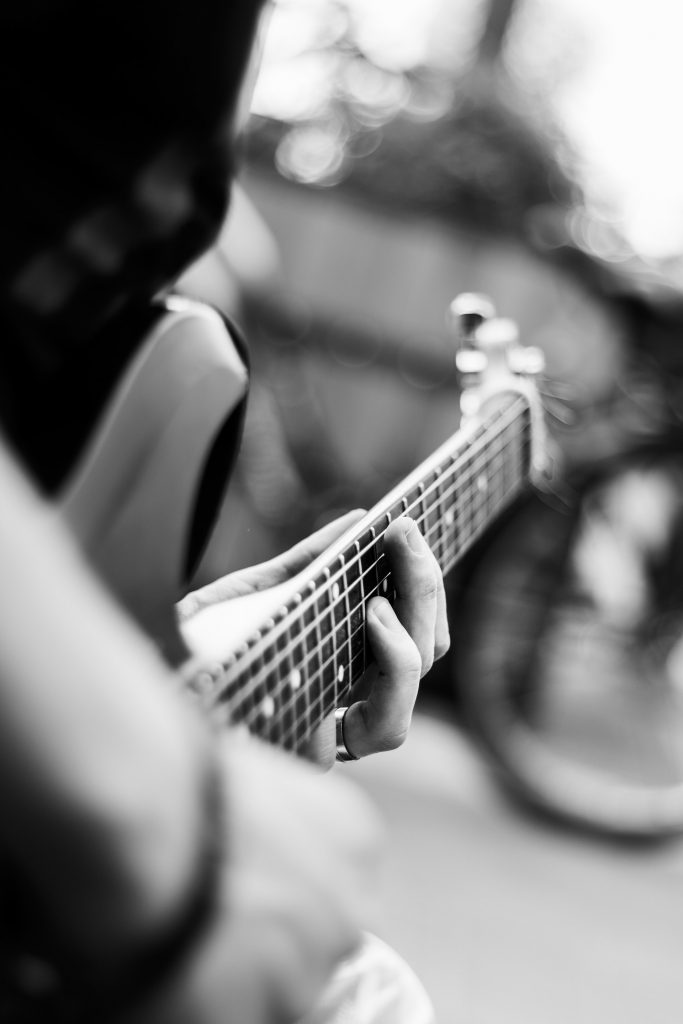Music and jam sessions are so common in Plainview that you might also feel an urge to learn an instrument. If your favorite musical genres are blues, country, jazz, metal, rock, pop, soul, flamenco, folk, or soul, then you don’t have to think about the options. Guitar reigns in here. Even many of your favorite music stars also don this musical instrument, if you see their YouTube channels or attend concerts. Finding a guitar class in Plainview or in your hamlet should not be a challenge at all. In this place where music festivals and events form a common sight, you can easily find a guitar lesson of your interest.
For suggestions, you can Google search “guitar lessons near me in Plainview, NY,” or ask your friends and neighbors. They can recommend something for sure. However, make sure you remember that when you join a class in Plainview, your immediate goal would be to play an easy song on guitar. But if you can’t get outside, this beginner’s guide to learning guitar might help. For this, having awareness about some chords, strumming patterns, and how to change chords smoothly is critical. Of these, transitioning from one chord to another in a rhythm can be the real challenge. But don’t fear this. With time and effort, you can cross this hurdle like many others, and soon you’ll see all the benefits of music. Here are some tips that can come in handy in this particular area of learning for you.
Expand your knowledge of chords
Before thinking about changing chords, you should focus on mastering chords and chord movement. You need to know what the top eight chords are for beginners and practice each of them separately. Get yourself acquainted with the shapes of the chord so that you can place your fingers correctly. You have to go on practicing everything ten times with different chords to get it into your system.
Be aware of what you have to do next
Visualize where you need to move your finger next before leaving a chord. Having visualization skills is essential if you wish to improve your art.
Shake off
Once you jump to the new chord, allow your fingers, neck, and shoulders to rest. If you feel the tension in any of these areas, relax so that it goes away.

Go smooth with your fingers
Please don’t move your fingers to the extent that they get distanced from the strings at the time of chord transitions. Keep the gap between fingers and strings as less as possible so that you can switch faster. However, it doesn’t mean you need to rush about things. When you change chord, you should observe how your fingers move from one to another.
Utilize pivot fingers
A pivot finger refers to a finger that doesn’t change its place when other fingers switch to another chord. The pivot finger can rest on the same string and fret. You don’t have to move it while shifting your other fingers to the next chord. With the help of this finger, you can check the position and movement of the other fingers. For instance, when you move from “C” to “Am,” you would notice that two fingers will sit on the strings, and only one will switch.
Work on muscle memory
One of the best ways of doing it is that you play one chord and strike it once. Raise your finger from the strings while maintaining the shape of the chord. Put your fingers on the strings again and strum. Repeat this process for at least two minutes with every chord. It will help build muscle memory, due to which your finger movements can gain a natural and effortless flow.
Practice the strumming pattern

After you become comfortable with chords, you can land the fingers on the strings at the same time. When you achieve this, your next aim should be to try a strumming pattern. For instance, you can begin with C chord strumming it down-up-down-up and then move to Am chord repeating the same thing. Just remember when you reach the last “up” level, you should remove only those fingers from the strings that need to play the next chord. It is where you will have experience with changing chords.
For a smooth switch between two chords, you have to be careful about not overemphasizing the last stroke of the pattern. The fingers that move to the next chord following the “up” pattern must land on the strings at the down-stroke. Maintain a slow and steady tempo so that you can become comfortable with the whole thing.
Stick to the rhythm
Sometimes your left hand can create a challenge for your right hand and make it stop while switching chords. To avoid this, you have to string slowly and steadily and force your left-hand fingers to move to the next chord without breaking the rhythm. You need to pluck and switch at the same time. For this, you may need to train your fingers, though. Don’t think about the speed at this stage. It will gain pace over time.
So, if you want to play chords smoothly, keep practicing every day. It will help you master your guitar playing skills.




